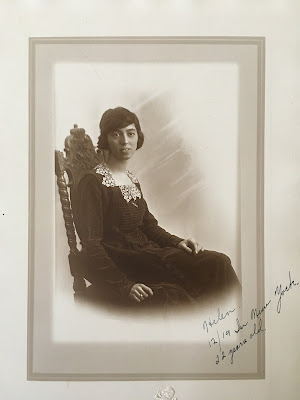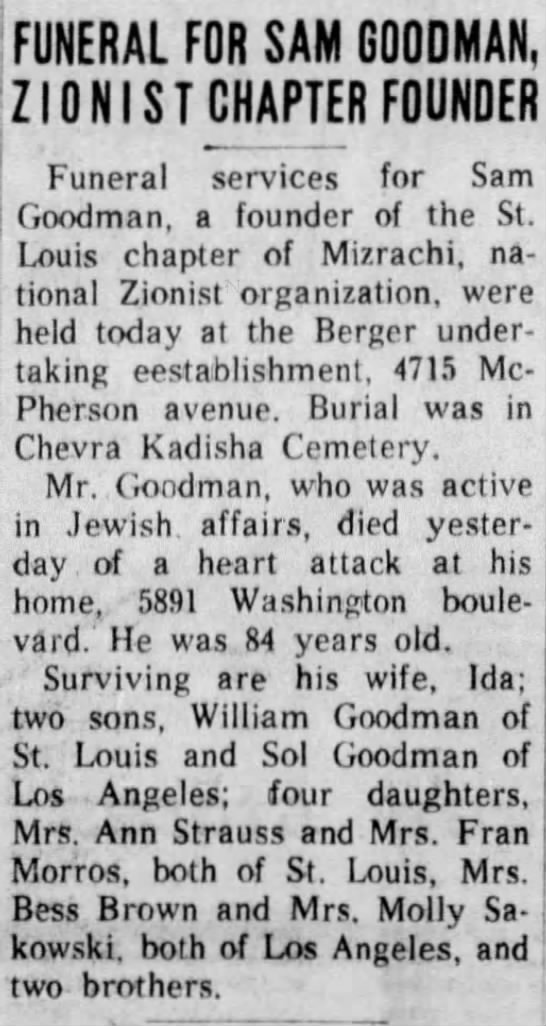For one hundred and fifty years readers have identified with the March sisters. Louisa May Alcott drew from her family members and life, making
Little Women a beloved story with relatable characters.
Set during the Civil War, with Mr. March at war far from home, the March sisters and their mother struggle to obtain their basic needs. Food insecurity impacts their home and the community. The novel begins with the preparation of a Christmas breakfast feast which the girls valiantly donate to an immigrant family. The women content themselves with a meal of bread and milk. The book ends with a meal as well, a picnic supper.
Wini Moranville, "writer, cookbook author, and lover of historic and heirloom recipes," was asked to write
The Little Women Cook Book in conjunction with the
2019 Little Women movie.
With charming illustrations and quotations from the novel, it is a delight. I enjoyed revisiting the novel through the lens of communal meals. Well-chosen quotations from Little Women keep our attention on the inspiration source for the recipes.
Wini researched American cookbooks from the mid 19th c. Some foods from the novel, like the pickled limes traded between schoolgirls, would not appeal today, so Wini gives us "Pickled Lime" Sugar Cookies.
Milk-Toast was a simple meal of warm milk poured over buttered toasted bread, perhaps seasoned with salt or sugar and cinnamon. I recall my grandfather, born in 1905, enjoying it as a dessert from his country childhood.
From the passage, "The omelet was scorched, and the biscuits speckled with saleratus", Wini gives two recipes, omelets and Maple-Cornmeal Drop Biscuits, and a history of baking powder.
Other recipes from the past include:
"Meg was already covering the buckwheats..."~Buckwheat Pancakes
"It was too bad to laugh at the poor little jelly pots."~ Meg's Currant Jelly Sauce
"We'll have lettuce and make a salad."~ Jo's Lettuce Salad
"...and Amy made lemonade..."~Amy's Lemonade
Also appearing are Mr. Bhaer's Chocolate drops; Bonbons and mottoes, candies wrapped in papers printed with riddles and sayings; Jo's Gingerbread; the apple turnovers from the picnic; and Meg's Plum Pudding.
Where the novel is silent on specifics, Wini turns to recipes popular during the time period.
Newlywed Meg uses a popular cookbook,
The Young Housekeeper's Friend. Indian meal--cornmeal--was popularly used in many dishes. Wini offers us Indian Meal Griddle Cakes, with a version with blueberries that caught my attention.
Meg also has
Mrs. Corneliu's Receipt Book and Wini shares Meg's Macaroni and Cheese from that book. It is very like the recipe I have used all my life.
The recipes are tempting!
I was given access to a free ebook by the publisher through NetGalley in exchange for a fair and unbiased review.
The Little Women Cookbook: Tempting Recipes from the March Sisters and Their Friends and Family
by Wini Moranville; Louisa May Alcott
Harvard Common Press
Publication October 1, 2019
Hardback $19.99 / £12.99
ISBN: 9781558329911






















































